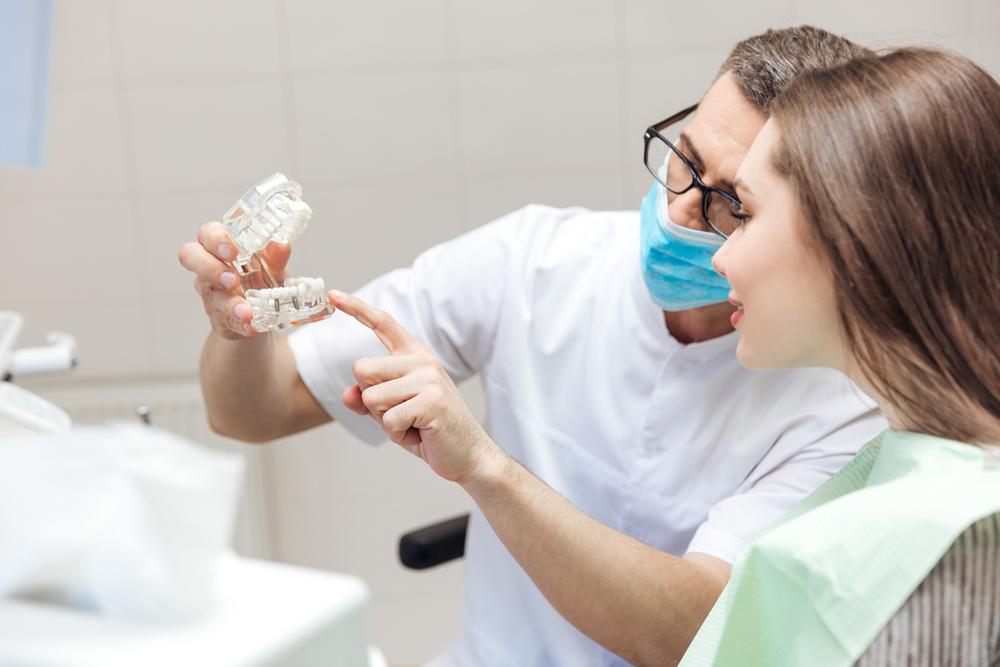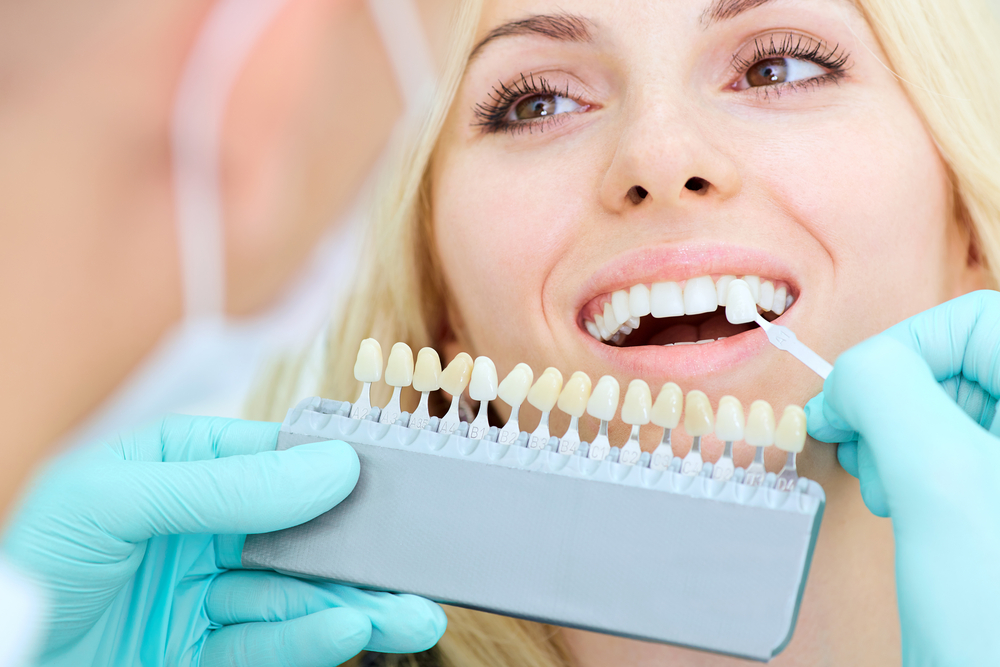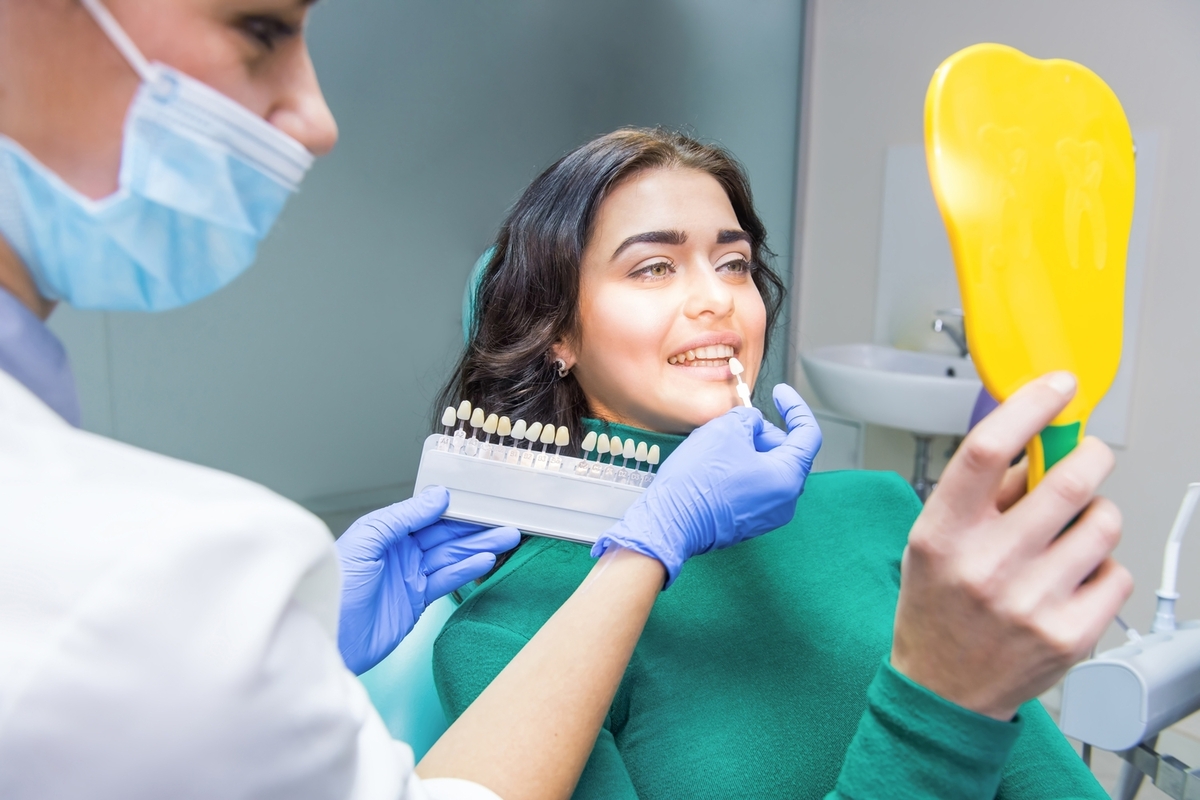Revolutionary No-Screw Dental Implants: Advancing Tooth Restoration for a Natural Smile
Discover the future of tooth replacement with no-screw dental implants, offering faster healing, enhanced stability, and a natural look. Learn about their innovative design, placement process, benefits, and suitability for different patients. This advancing technology is transforming dental restoration, making it more efficient and patient-friendly.

Transforming Dental Restoration with No-Screw Dental Implants
Dental implant technology has long been recognized as one of the most effective solutions for replacing missing teeth, providing both durability and a natural appearance that mimics real teeth. Traditionally, these implants depend on titanium screws anchored into the jawbone to secure the prosthesis, but this method can be invasive and sometimes challenging for certain patients. However, recent advancements have led to the development of no-screw dental implants, marking a significant leap forward in the field of restorative dentistry.
This comprehensive article explores what no-screw dental implants are, their numerous advantages over traditional systems, the precise placement process, and the key differences that set them apart from conventional implants. Additionally, we discuss the ideal candidates for this innovative procedure, making it easier to understand if it’s the right choice for your dental health needs.
What Exactly Are No-Screw Dental Implants?
No-screw dental implants are an innovative approach in dental restoration technology, designed to eliminate the need for threaded screws that attach the prosthetic tooth to the jawbone. Instead of relying on traditional screw-in systems, these implants utilize advanced friction-fit or mechanical locking mechanisms to achieve stability. Unlike traditional titanium post implants, which are inserted into the bone and secured via screws, no-screw systems use a different method to attach the prosthesis securely.
This approach is part of a broader move towards minimally invasive, faster, and more patient-friendly dental implant procedures, aimed at reducing discomfort and streamlining recovery times.
Key Features and Benefits of No-Screw Implants:
No Screws Needed: This design avoids risks related to screw loosening or breakage, making the implant more reliable in the long term.
Minimally Invasive Procedure: The placement often involves less drilling and tissue manipulation, resulting in a more comfortable experience.
Exceptional Stability: Engineered using innovative designs, these implants stay firmly anchored even in challenging cases.
Materials Used: Typically made from biocompatible materials such as zirconia or titanium, promoting optimal bone growth and reducing allergic reactions.
How Do No-Screw Implants Work?
Most no-screw dental implants function through a press-fit system. The implant is manufactured slightly larger than the prepared bone site, allowing it to wedge tightly into place via friction. Some models incorporate tapered designs that naturally lock into the bone, while others utilize clicking or locking mechanisms that hold the prosthetic crown or bridge securely without screw attachments. This innovative design ensures that healing and long-term stability are achieved without the traditional screw components.
The Placement Process
Initial Consultation: A thorough dental examination assesses jawbone density, oral health status, and suitability for no-screw implants. Imaging techniques like X-rays or CT scans are often utilized to evaluate bone quality.
Implant Placement: Under local anesthesia, a small incision is made to access the jawbone. The implant is then inserted using a press-fit or locking method, typically avoiding the use of screws. The process is less invasive, resulting in less pain and swelling afterward.
Healing and Osseointegration: Over the course of several months, the implant integrates with the surrounding bone through osseointegration, stabilizing it firmly in place.
Prosthesis Attachment: Once healing is complete, the dentist attaches the artificial crown, bridge, or denture. In many cases, the prosthesis is locked in without the need for screws, providing a seamless, natural appearance.
Advantages of Choosing No-Screw Dental Implants:
Transitioning to no-screw dental implants offers numerous benefits that improve patient outcomes and satisfaction:
1. Faster Healing and Recovery: The simplified, less invasive placement results in quicker tissue healing and reduced downtime.
2. Increased Reliability: The solid friction-fit and locking mechanisms minimize mechanical failure risks compared to screw-based systems.
3. Enhanced Comfort: Patients experience less discomfort during and after the procedure due to decreased tissue disturbance.
4. Superior Aesthetics: Absent visible screws mean the prosthetic blends seamlessly with natural teeth, especially important for front tooth restorations.
5. Simplified Maintenance: With fewer mechanical parts and reduced complexity, maintaining the implant becomes easier over time, with fewer adjustments needed.
Comparing No-Screw and Traditional Dental Implants
Invasiveness: No-screw implants are less invasive, involving minimal tissue trauma and quicker procedures.
Recovery Period: Patients benefit from shorter healing times, often resuming normal activities sooner.
Risk of Failure: The fewer mechanical components reduce the likelihood of mechanical failure or complications.
Visual Outcome: Absence of visible screws results in a more natural appearance, especially for visible teeth.
Materials: Both systems typically utilize biocompatible substances like zirconia or titanium.
Cost: No-screw systems may carry a higher price point due to their advanced technology and design complexity.
Long-Term Maintenance: Easier maintenance with fewer parts to adjust or replace, increasing longevity and patient satisfaction.
Who Are Ideal Candidates for No-Screw Implants?
Patients with sufficient jawbone density who prioritize a minimally invasive process and superior aesthetic outcomes are the best candidates for no-screw dental implants. Those with severe bone loss might need preparatory treatments such as bone grafts or traditional implant methods to ensure optimal results. It is essential to undergo a thorough dental assessment to determine appropriateness for this innovative procedure.
In summary, no-screw dental implants represent a major advancement in oral health technology, combining faster recovery, lower failure rates, and improved aesthetic results. If you are interested in a less invasive and more reliable tooth replacement option, consult your dental care provider about whether this cutting-edge technology is suitable for your needs. Embracing this breakthrough can help you restore your smile more comfortably and efficiently.





